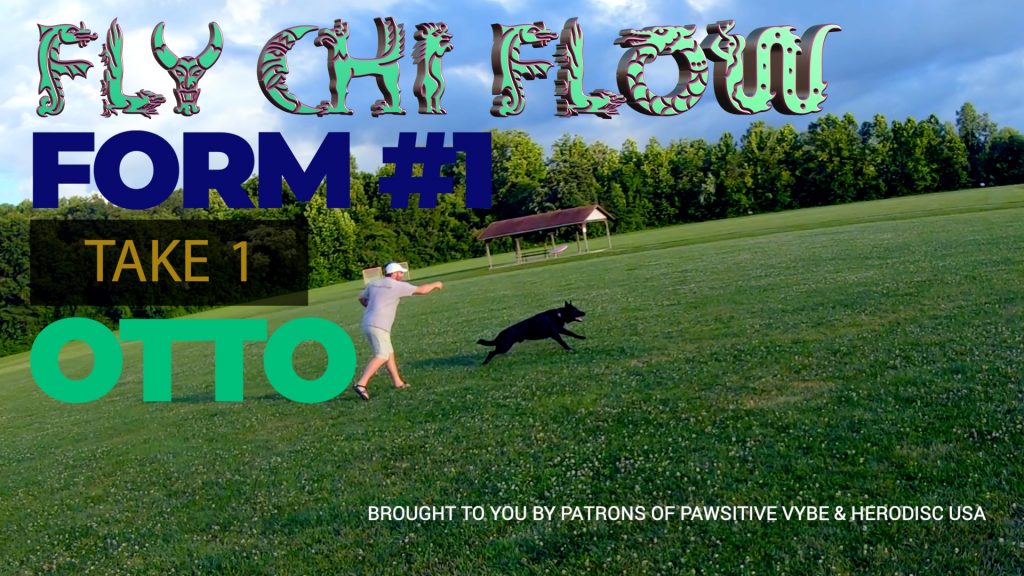
Fly Chi Flow Form #1 with Otto
Putting the Flatwork Compass The Flatwork Compass is a disc dog form that separates the Flank from the Pass, creates a reliable trigger, and exposes the team to all of the key elements of Team Movement. https://www.youtube.com/watch?v=xW7Czz-7ows&list=PL8zWXaJfi1-synGOkBJ7u4p-WkotsL3LR... More into practice with some large scale flatwork & Team MovementTeam Movement is how dog and handler move, as a team, out there on the field. It is a judging category in some organizations and certainly is a focus of many judges, players,... More. And Kris and Otto are up to the task. Notice how the handler and team start to respond earlier and earlier to the situation as it develops. Pretty cool stuff…
The Flatwork Compass is a disc dog form that separates the Flank from the Pass, creates a reliable trigger, and exposes the team to all of the key elements of Team Movement. https://www.youtube.com/watch?v=xW7Czz-7ows&list=PL8zWXaJfi1-synGOkBJ7u4p-WkotsL3LR... More into practice with some large scale flatwork & Team MovementTeam Movement is how dog and handler move, as a team, out there on the field. It is a judging category in some organizations and certainly is a focus of many judges, players,... More. And Kris and Otto are up to the task. Notice how the handler and team start to respond earlier and earlier to the situation as it develops. Pretty cool stuff…
Flowing Flatwork, Meet the Flatwork Compass
Once the Flatwork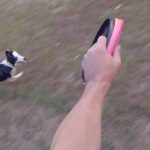 Flatwork is the stuff that happens between the catches. How the team moves and transitions, often without the disc, is flatwork. Flatwork concepts in disc dog are taken from the agility and herding... More Compass is installed on the dog, handler, and team levels, then exercising flowing flatwork becomes much easier. Look for the Flatwork Compass within this form and then watch it again and notice how the Flatwork Compass is in effect on the larger scale, flowing portions of the Team Movement.
Flatwork is the stuff that happens between the catches. How the team moves and transitions, often without the disc, is flatwork. Flatwork concepts in disc dog are taken from the agility and herding... More Compass is installed on the dog, handler, and team levels, then exercising flowing flatwork becomes much easier. Look for the Flatwork Compass within this form and then watch it again and notice how the Flatwork Compass is in effect on the larger scale, flowing portions of the Team Movement.
When Kris turns and sets the arm up Otto wants to make it to the front of Kris so he can see the trigger and make the play. “If Kris wanted me to come right in he’d be facing me ready to block or pull… duh?”
Kris’ body position and Otto’s response are the variables of Team Movement. Both Kris and Otto know how the Flatwork Compass works, now they’re simply putting it into effect.
Funneling flatwork form & function through the Flatwork Compass facilitates the freedom to Flow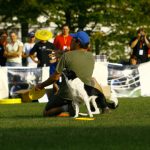 Flow is a key component of the modern day disc dog game. Keeping your dog moving with seamless, ever moving and flowing sequences with little to no set up time is the goal... More.
Flow is a key component of the modern day disc dog game. Keeping your dog moving with seamless, ever moving and flowing sequences with little to no set up time is the goal... More.





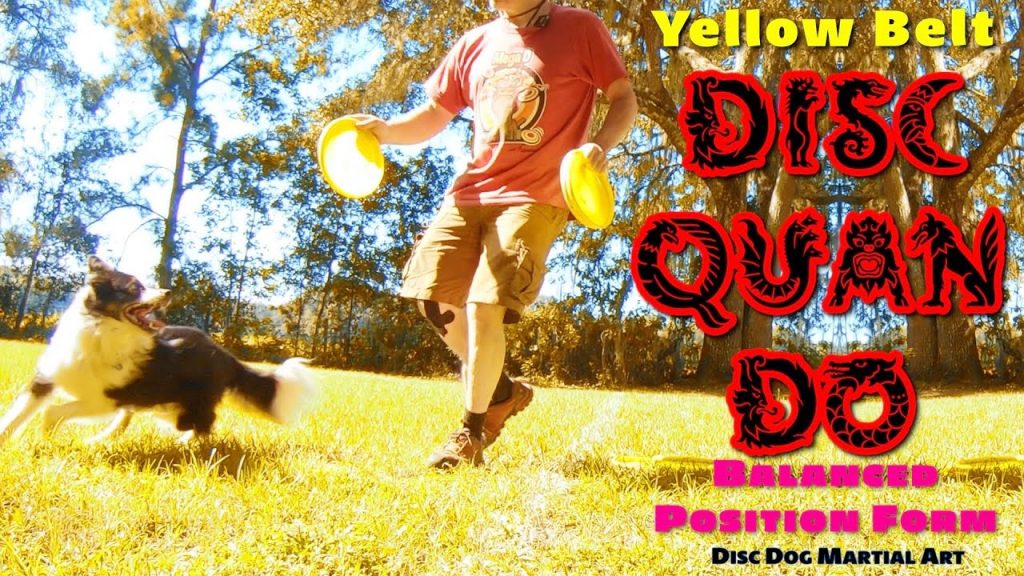
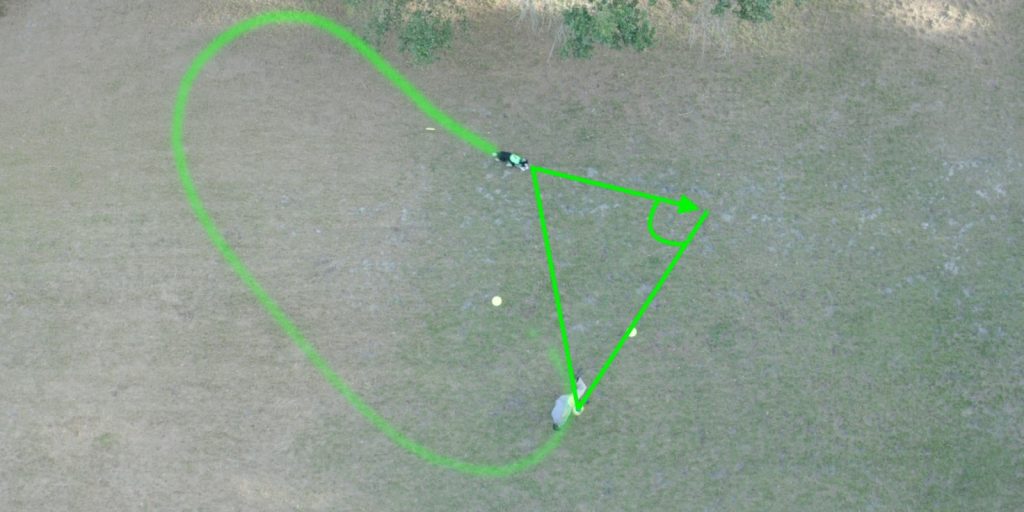
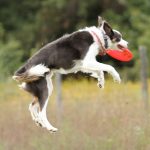
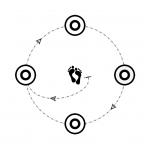
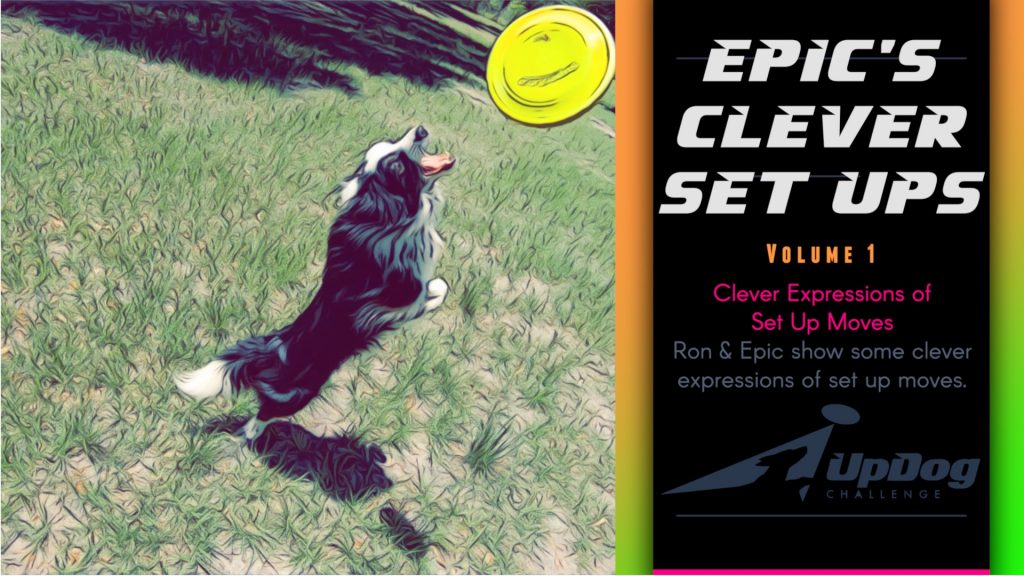


Responses